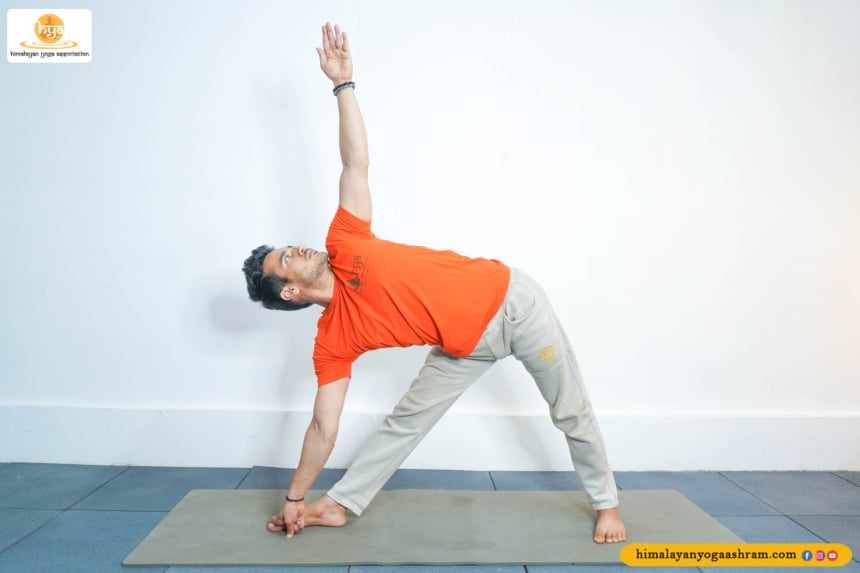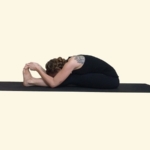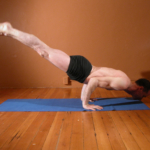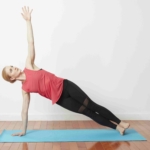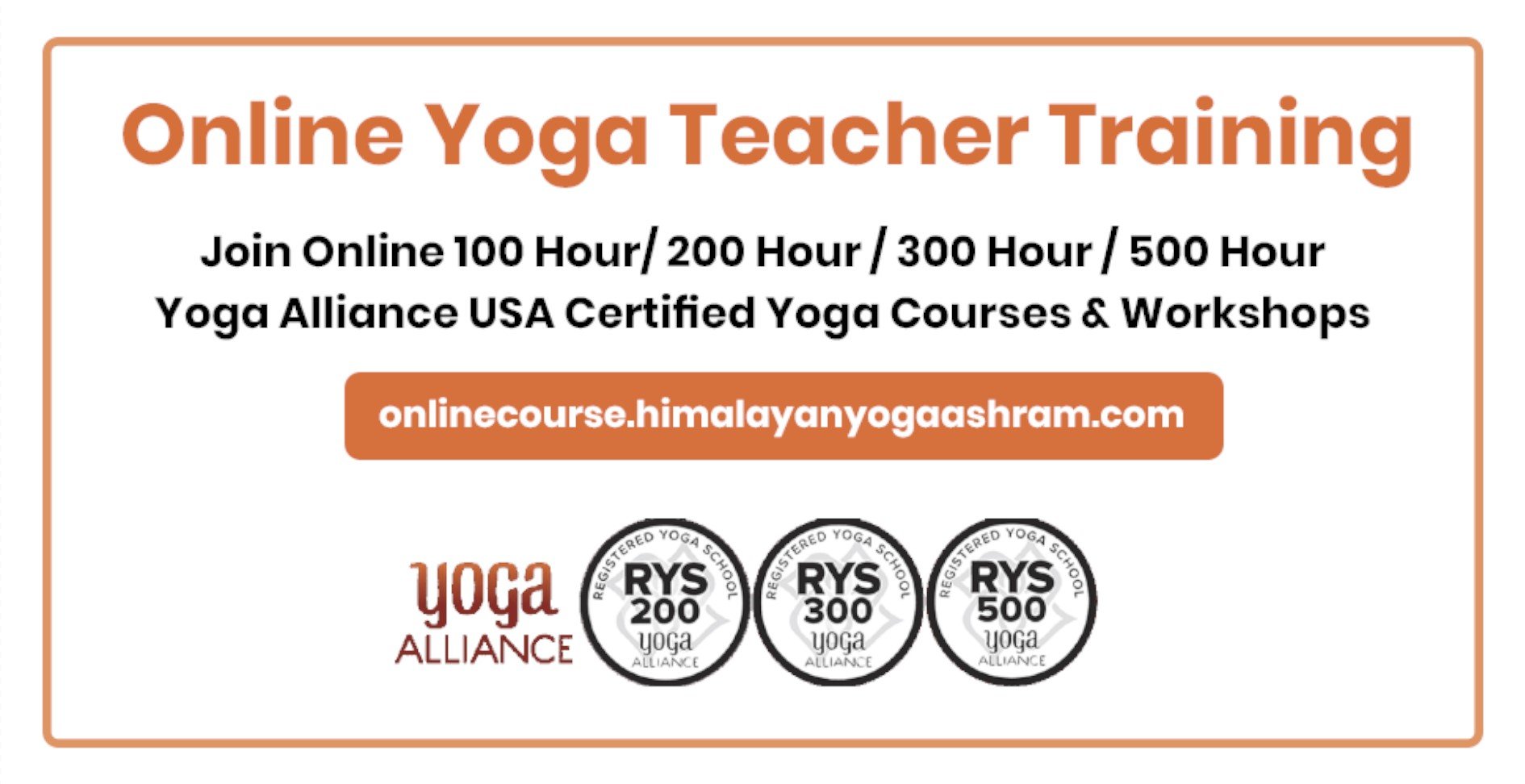UTTHITA TRIKONASANA
By Himanshu JoshiYogaSthirasukhamasanam, UTTHITA TRIKONASANA“Sthirasukhamasanam”
Patanjali’s Yoga Sutras / Pada 2, Sutra 46
– Steady and comfortable should be the posture –
Utthita Trikonasana is the second asana in the Ashtanga standing sequence. Looks easy? Let’s see if we are doing this asana properly and getting proper benefits.
METHOD
1 – As you begin with puraka (inhalation), jump and open the legs to the right in the distance of three feet apart, and stretch the arms out wide on thes sides of the torso at chest level, parallel to the floor.
2 – Then, turn the right foot to the right, reach down as you exhale, and grip the big toe of the right foot with the right index & middle fingers. Lift the left arm up to the sky as you expand your chest area, drishti (focus point) on its fingertips, and do puraka and rechaka (exhalation) slowly and as much as possible. Keep both knees straight.
3 – As you inhale, return to the position of the 1st vinyasa, and hold.
4 – Turn the left foot to the left side, and as you do rechaka, reach down and grip the big toe with the left index & middle fingers, Lift the right arm up to the sky as you expand your chest area, drishti (focus point) on its fingertips, and do puraka and rechaka (exhalation) slowly and as much as possible. Keep both knees straight.
5 – As you do puraka, return to the 1st vinyasa position.
6 – Then, return to Samasthiti.
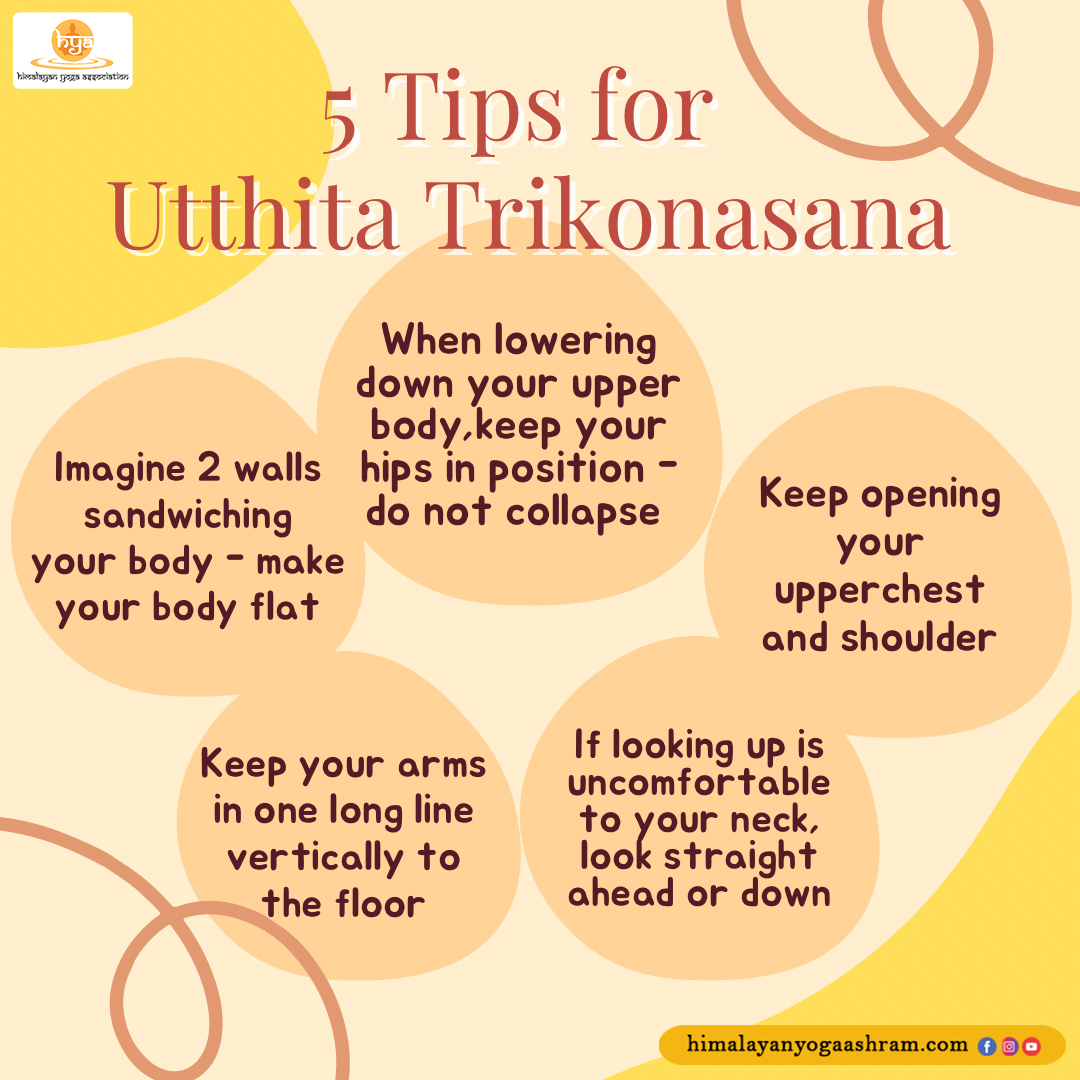
BENEFITS
- Dissolves the bad fat at the waist and brings the body into shape.
- Expands the narrow portion of the breathing channel and strengthens the backbone.
- Unlocks the hip flexors and shoulders, and increase their mobility.
- Stretches your hips, hamstrings, calves, and spine.
- Strengthen your legs, feet, ankles, neck, and back.
- Helps to reduce stress, anxiety, and symptoms of menopause.
Contraindications
- Avoid this asana unless instructed any modifications by professionals if you have any of the below or feel uncomfortable any time during your practice.
- Injuries in neck, knees, shoulders, ankles, hamstrings.
- Have a history of a surgery – knees, spine, hips
- Have a balancing issue

